 Making a work of long-form comics has become something of a test to show that a comic strip artist is of the modern age. Robert Crumb achieved fame in earlier age, that very brief one of the 'underground' comics in the 1960s, whose artists specialized in the spontaneous, the self-indulgent, the iconoclastic and merry taboo-breaking. We would not expect one of them to have the discipline to disappear for four years and come back with a 224 page intensely detailed and faithful illustration of the oldest and most venerated book in the world. The very idea of it is brilliant and the job is one that cannot fail to attract attention, though so far I can't find a bad word about it anywhere.
Making a work of long-form comics has become something of a test to show that a comic strip artist is of the modern age. Robert Crumb achieved fame in earlier age, that very brief one of the 'underground' comics in the 1960s, whose artists specialized in the spontaneous, the self-indulgent, the iconoclastic and merry taboo-breaking. We would not expect one of them to have the discipline to disappear for four years and come back with a 224 page intensely detailed and faithful illustration of the oldest and most venerated book in the world. The very idea of it is brilliant and the job is one that cannot fail to attract attention, though so far I can't find a bad word about it anywhere. Bill Kartalopoulos at PRINT gives the best formal analysis
Crumb invests this cast of thousands with cultivated observation of both physiognomy and character, and his characters, even when only briefly glimpsed, resonate authentically as flawed strugglers. More august Biblical figures project recognizable human motivations, even in the book’s most heightened circumstances. Crumb’s aged Abraham, submerging grief into duty, is rigidly stoic as he prepares to sacrifice his only son.Paul Buhle in The Jewish Daily Forward makes a good observation:
More striking for anyone but the seasoned Crumb fan: unlike previous Biblical comic adaptations, including some published and drawn by Jews, Crumb’s characters actually look Jewish, the women even more than the men. The contrast to the classic work, EC Comics’ “Picture Stories from the Bible” (1945) in that respect is most illuminating. But more recent works like the best-selling “Manga Bible” (2000) are not much different (nor was the “The Wolverton Bible” by one of the strangest of comic artists Basil Wolverton). Close readers will see Crumb’s wife Aline Kominsky, to whom the book is dedicated, again and again, in various guises; perhaps only Chagall drew his beloved wife so often and with such varied imagination.
Crumb's restraint and subtlety are to be applauded, and I often feel that he is catching the moments that all other artists miss, for instance this one in which the males of the household of Abraham have just been informed that they have to be circumcised:

Update: Robert Alter, whose translation Crumb used, writes at length in the New Republic.
Perhaps the most winning aspect of Crumb’s Genesis is its inventive playfulness. He is keenly aware that many bizarre things happen in these stories, first in the primeval history because of its legendary character and then in the patriarchal narrative because of the writers’ deep interest in what is odd, paradoxical, and surprising in human behavior and in divine intervention. It is fun to follow Crumb’s images. In some instances, the fun is a direct visual translation of what is conveyed in the narrative report. More often, it derives from Crumb’s play with the biblical text.
Labels: new books (3)
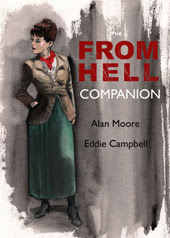


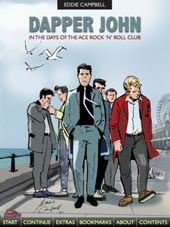
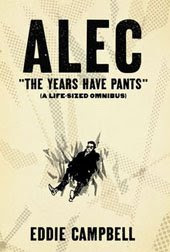
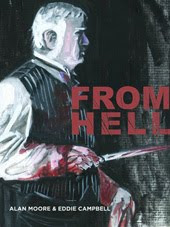
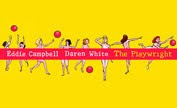
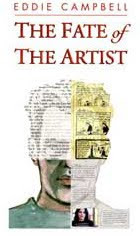
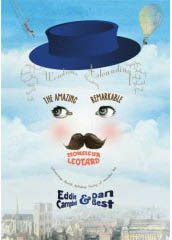





3 Comments:
Crumb did "The Religious Experience of Philip K. Dick" back in the 80's which probalby laid the ground work for doin something from "The Great Book" (powerfully rendered biblical scenes appear in this story), his admiration for Basil Wolverton probably did something too..
Whats next? - Joyce's "Ulysses" ?...
or Mark Twain?... Crumb is all American at heart.
I like Crumb's Genesis, too.
Heretofore Crumb showed himself as an artist in the modern tradition: his inner world is his subject. But by illustrating the Bible, he escapes from his world, and he enters the world of shared literary and religious experience. What a leap. He has evolved, and should be applauded for that.
Post a Comment
Subscribe to Post Comments [Atom]
<< Home